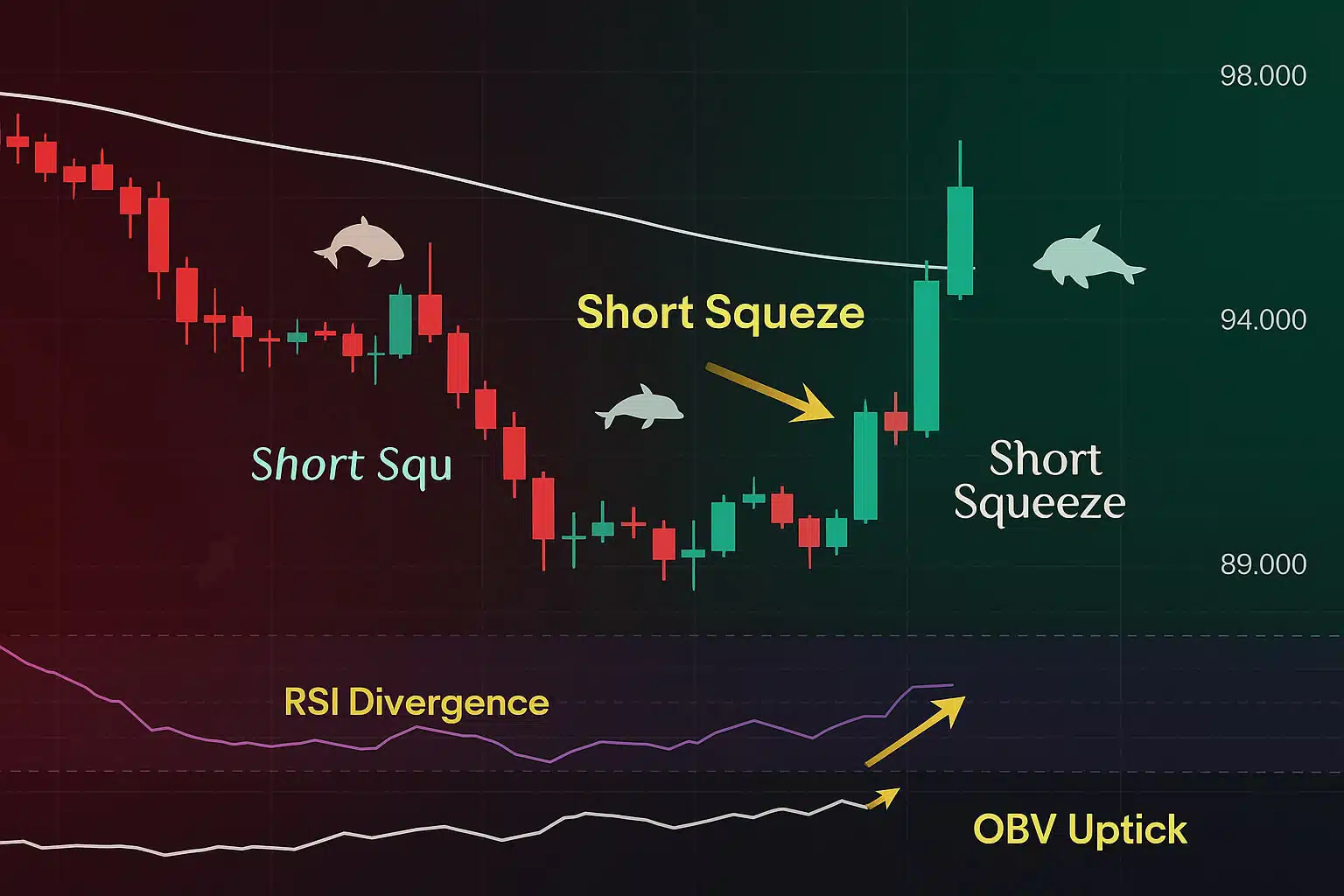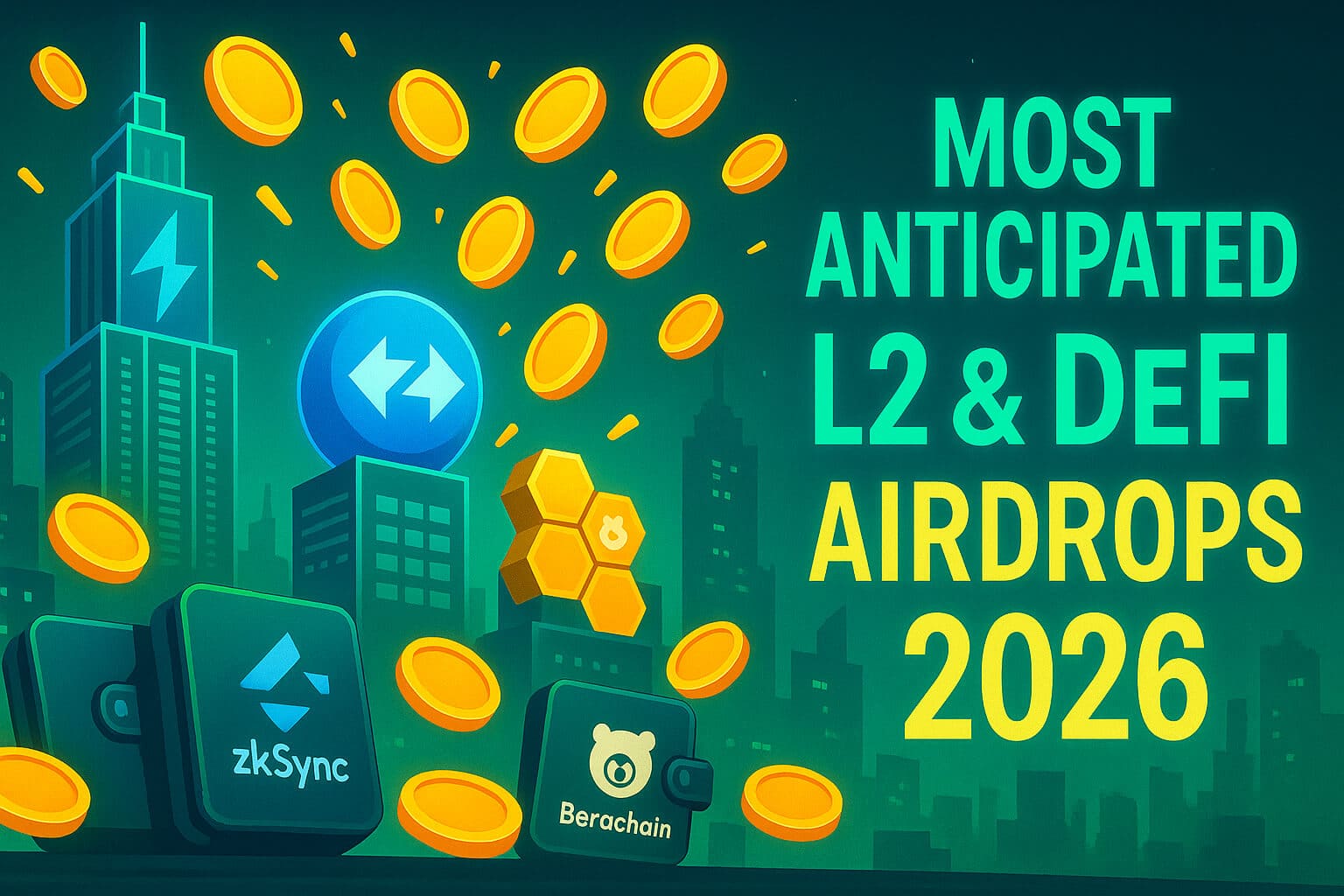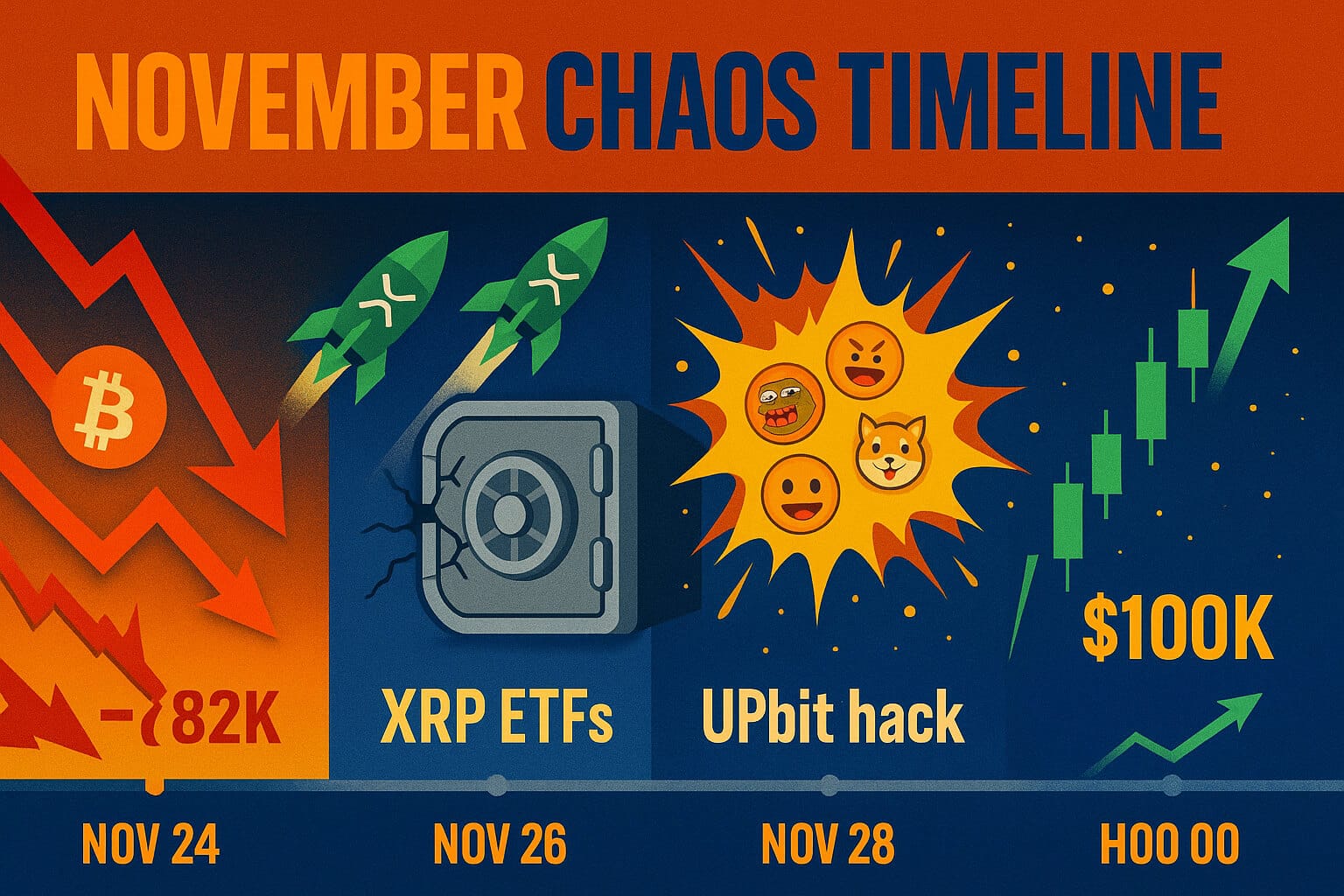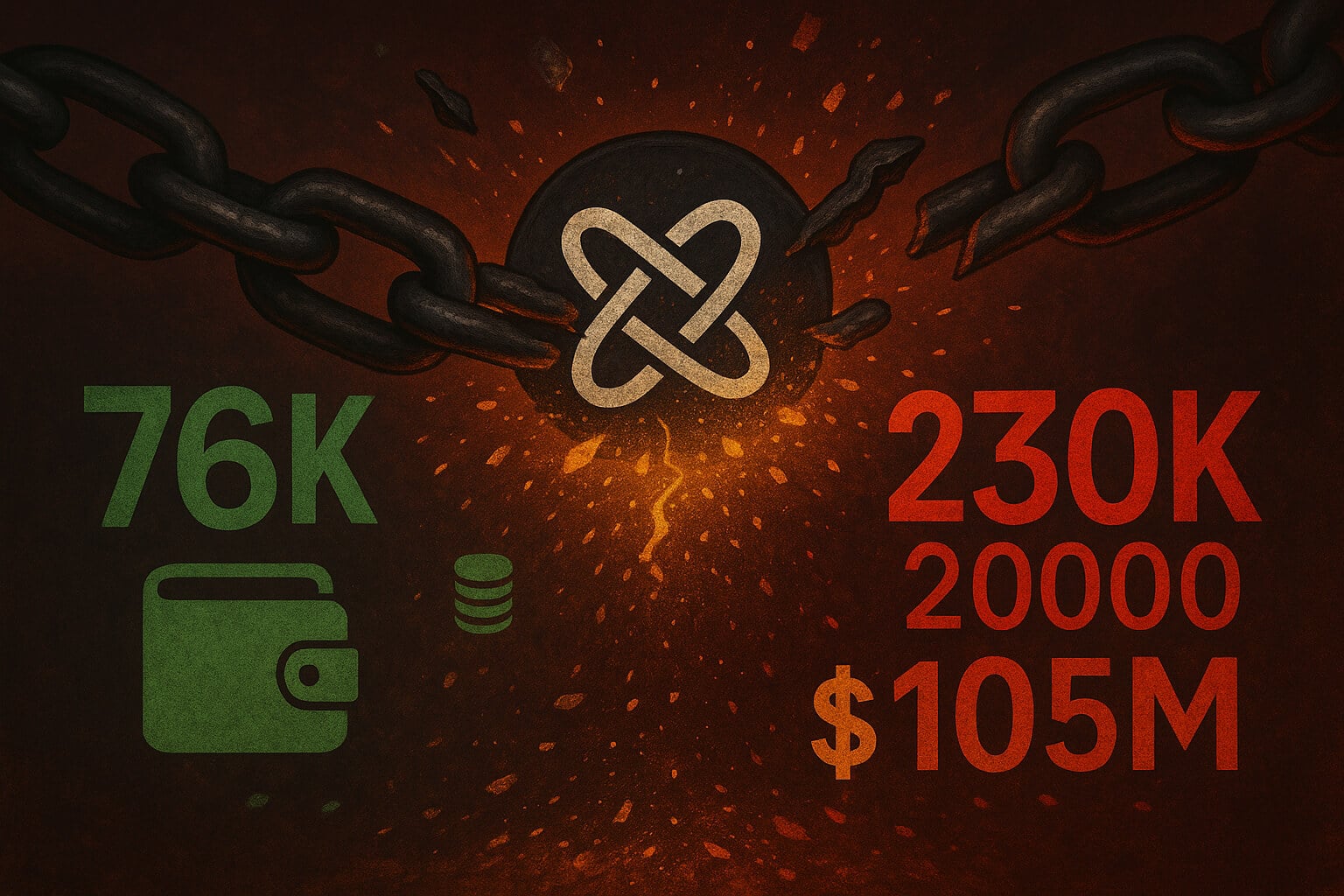How to Protect Your Investments from Crypto Scams
Introduction
The rise of cryptocurrency has opened new doors for financial freedom, but it has also created opportunities for scammers. From phishing scams to rug pulls, fraudulent schemes are constantly evolving to deceive unsuspecting investors. Knowing how to identify these scams is crucial for anyone involved in crypto.
This guide explores common cryptocurrency scams, the warning signs to watch out for, and steps you can take to protect your assets. Whether you’re a seasoned trader or a newcomer, staying informed is the best defense against fraud.
The Most Common Types of Cryptocurrency Scams
Scammers use different tactics to trick investors. Here are the most prevalent crypto fraud schemes:
- Phishing Attacks – Fake websites and emails impersonate legitimate exchanges to steal login credentials and private keys.
- Ponzi and Pyramid Schemes – Fraudulent investment programs promise high returns with little risk but rely on new investors’ funds to pay existing ones.
- Rug Pulls – Developers launch new tokens, hype them up, and then disappear with investors’ money, leaving the coin worthless.
- Fake Airdrops and Giveaways – Scammers pose as crypto influencers or companies, promising free tokens in exchange for wallet access or small deposits.
- Impersonation Scams – Fraudsters pretend to be reputable figures in the crypto space, asking for investments or personal information.
For a deeper look at fraudulent crypto projects, read How Binance and the SEC Are Navigating Legal Challenges.
Red Flags: How to Spot a Scam in the Crypto World
Before investing in any project, be sure to check for these warning signs:
- Unrealistic Promises – If something sounds too good to be true, it probably is.
- Anonymous Teams – Legitimate projects have transparent leadership. If a project hides team details, proceed with caution.
- Lack of a Whitepaper or Roadmap – A strong crypto project should have a clear, detailed whitepaper outlining its goals and technology.
- No Liquidity or Trading Volume – A token with low or no trading volume may indicate a scam.
- Pressure to Invest Quickly – Scammers often use urgency to push victims into making hasty decisions.
How to Protect Your Crypto from Fraud and Scams
Staying safe in the crypto space requires vigilance and smart security practices. Here are essential steps to protect your assets:
- Use Reputable Exchanges – Stick to well-established platforms like Binance or Bybit instead of unknown exchanges. Check out the Reputable Exchanges of Crypto Space.
- Enable Two-Factor Authentication (2FA) – Adding an extra layer of security to your accounts can prevent unauthorized access.
- Verify URLs and Email Sources – Scammers often create fake websites that mimic legitimate crypto platforms. Always double-check URLs before entering any information.
- Store Crypto in Secure Wallets – Use hardware wallets like Ledger or Trezor for long-term holdings rather than keeping assets on exchanges. Read How to Store Cryptocurrency Safely for more details.
- Educate Yourself on Crypto Security – Follow credible crypto news sources and stay updated on the latest scams.

Case Studies: Famous Crypto Scams and What We Can Learn
Learning from past scams can help you avoid falling victim to future ones. Here are some of the biggest cryptocurrency frauds:
- Bitconnect (2016-2018) – A classic Ponzi scheme that promised unrealistically high returns. It collapsed, costing investors over $2 billion.
- OneCoin (2014-2019) – Marketed as a revolutionary cryptocurrency, OneCoin turned out to be a multi-billion-dollar scam without a real blockchain.
- Frosties NFT Rug Pull (2022) – Developers behind the Frosties NFT project disappeared after raising $1.1 million, leaving investors with worthless tokens.
Each of these scams followed a pattern of high-pressure sales tactics, secrecy, and unrealistic profit claims. Always research before investing.
How to Report a Crypto Scam Safely
If you encounter a scam, taking the right action can help prevent others from falling victim.
- Report to Crypto Exchanges – If the scam involves a trading platform, report it to their security team.
- Contact Regulatory Authorities – In the U.S., report crypto fraud to the SEC, CFTC, or FTC. Other countries have their own financial watchdogs.
- Warn the Community – Share your experience on social media and crypto forums to raise awareness.
- Use Blockchain Tracking Tools – Websites like Etherscan or Solscan can help trace stolen funds.
Final Thoughts
Crypto scams are everywhere, but with the right knowledge, you can navigate the space safely. By recognizing warning signs, using secure storage solutions, and staying informed, you can protect your investments from fraud.
FAQs
1. What is the safest way to store cryptocurrency?
Hardware wallets, such as Ledger and Trezor, provide the highest level of security.
2. How can I tell if a crypto project is legitimate?
Check for a transparent team, a detailed whitepaper, and strong community engagement.
3. What should I do if I suspect a scam?
Report it to regulatory authorities and warn others in the crypto community.
4. Are all new crypto projects risky?
Not necessarily, but it’s crucial to research before investing in any new token.
For more insights and detailed guides on cryptocurrency, visit our Crypto Guides Section.
Stay Updated
For the latest updates on cryptocurrency trends and news, follow us on:
- X: https://x.com/FreeCoins24
- Telegram: https://t.me/freecoins24
Stay informed with the latest strategies and insights in the world of cryptocurrency at FreeCoins24.io.
Special Offer
For an enhanced trading experience, consider Bybit. Sign up through our referral link to unlock exclusive rewards, including up to $30,000 in deposit bonuses, and elevate your trading journey.

















